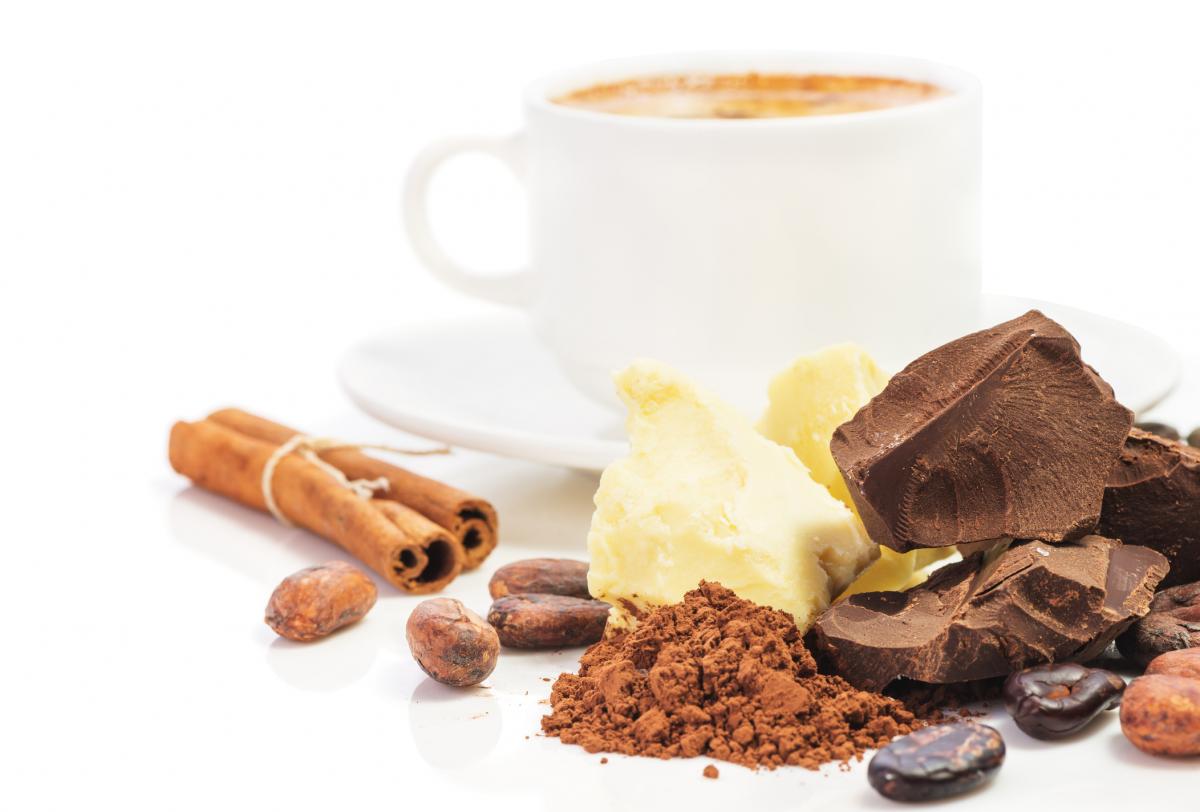SCIENTISTS have uncovered the physics behind conching, the process which is responsible for creating chocolate’s smooth texture. Their findings may hold the key to producing confectionary with lower fat content, and could help make chocolate manufacturing more energy efficient.
A team led by the University of Edinburgh studied mixtures resembling liquid chocolate created using the conching process, which was developed by Swiss confectioner Rodolphe Lindt in 1879.
Their analysis, which involved measuring the density of mixtures and how they flow at various stages of the process, suggests conching may alter the physical properties of the microscopic sugar crystals and other granular ingredients of chocolate. Until now, the science behind the process was poorly understood.

Conching involves hours of mixing that yields smooth molten chocolate by breaking down lumps of ingredients into finer grains (Photo: Dreamstime)
The new research reveals that conching – which involves mixing ingredients for several hours – produces smooth molten chocolate by breaking down lumps of ingredients into finer grains and reducing friction between particles.
Before the invention of conching, chocolate had a gritty texture. This is because the ingredients form rough, irregular clumps that do not flow smoothly when mixed with cocoa butter using other methods, the team says.
Their insights could also help improve processes used in other sectors that rely on the mixing of powders and liquids.
The study, published in Proceedings of the National Academy of Sciences, involved a collaboration with researchers from New York University. The work in Edinburgh was funded by Mars Chocolate UK and the Engineering and Physical Sciences Research Council. Read more
Air Jordan IV 4 Retro Denim














